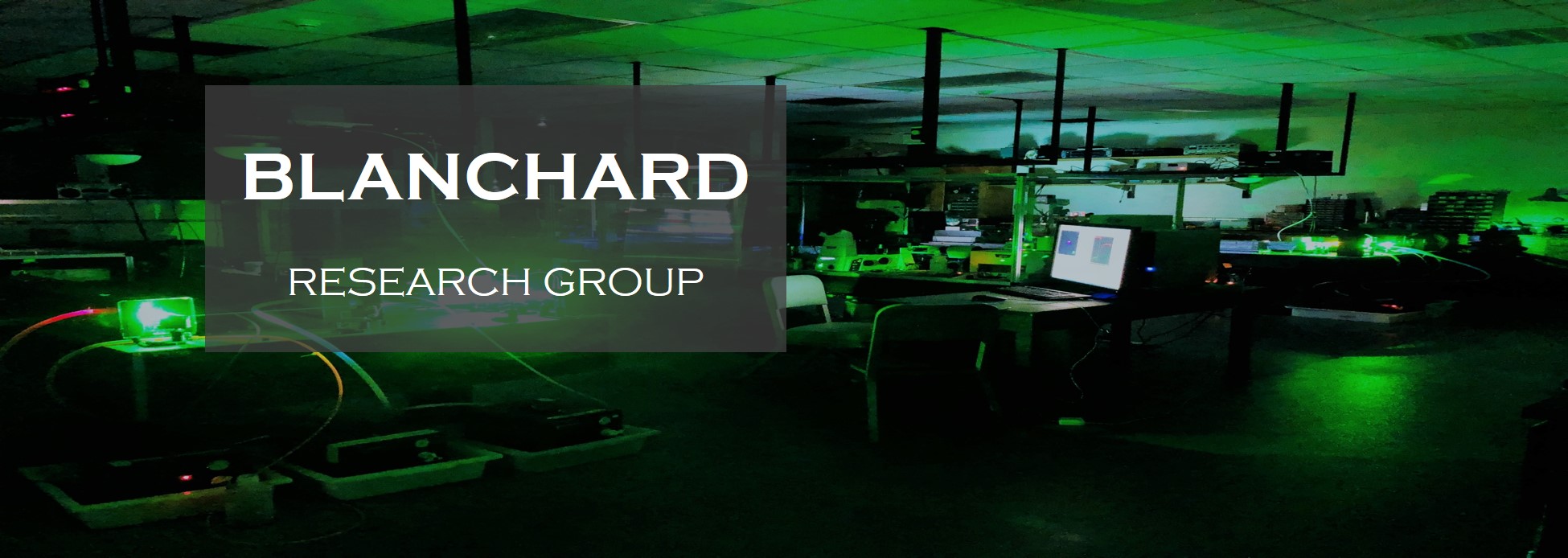
 |
| HOMEPAGE RESEARCH PUBLICATIONS BLANCHARD GROUP MEMBERS CONTACT US |
Using molecular
diffusion to characterize interfacial heterogeneity
Covalently bound
interfacial adlayers are not fluid, and fluid adlayers are not
physically or chemically robust. These limiting cases have
frustrated advances in fields such as molecular-scale
lubrication, chemical separations and cellular adhesion. We are
developing a novel family of interfaces that can be bound to a
surface and at the same time retain the properties of a fluid.
Both the thermodynamic driving force for complexation and the
kinetics of surface diffusion can be controlled through metal
ion complexation, system pH, the surface complexing moieties,
and the amphiphile headgroups.
Measuring
interfacial charge gradients in room temperature ionic
liquids
Room temperature
ionic liquids (RTILs) have found use in a variety of practical
applications. Despite their wide use, many fundamental issues
remain in understanding dynamics, organization, and response of
these materials to external forces. The Blanchard and Swain
groups have demonstrated that RTILs in contact with a charged
surface can exhibit a gradient in the dynamics of charged
chromophores in the RTIL. We propose that RTILs can form free
charge density gradients over microscopic distances when exposed
to charged surface(s). Spatially-resolved spectroscopic data
reveal persistent organization over ca. 100 μm induced
in a RTIL by a charged support. This length scale is five orders
of magnitude greater than the typical electric double layer seen
in dilute solution, and its existence will prove to be
transformative to our understanding and use of this class of
materials.
Studying
excited-state lifetimes of super-photobase molecules
Light
activation can be used to achieve reactivity of super-photobase
molecules, which are other nonreactive under typical conditions.
Absorption of light can induce a change in electronic structure
of these compounds, and this can be studied to better understand
how to control the lifetime of the reactive species to perform
various chemical reaction. Application of these compounds is
pertinent in precision chemistry, in which control over the
reactivity of reagents is necessary in achieving the desired
results. This project is a collaborative effort between organic,
analytical, physical, and theoretical groups within the
Chemistry department.
|
|||
Michigan State University College of Natural Science Department of Chemistry Contact Us Site Map Copyright © 2018 Blanchard Group. All rights reserved. |